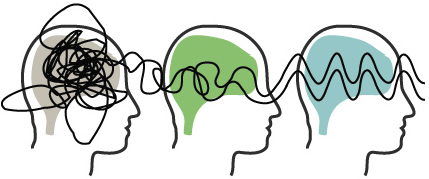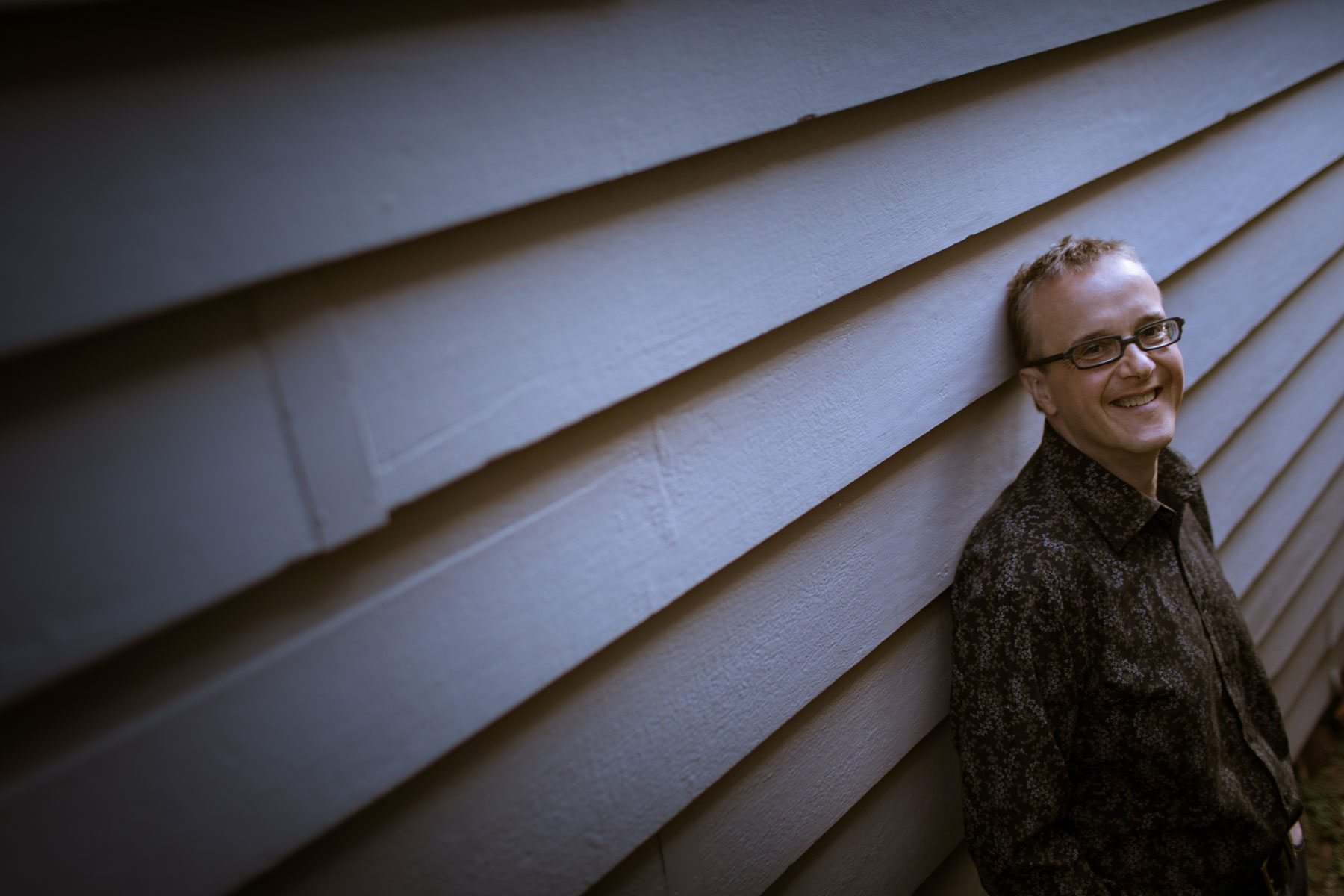Art Music, Culture and Presence
20 April 2017 by Marc Taddei
I am proud of the success both of my orchestras have achieved in the past season. The Vallejo Symphony finished its year with a completely sold-out concert (we literally had standing room only and had to turn away dozens of people!). This resulted in the orchestra posting its highest-ever box office return in its 85-year history. Likewise, Orchestra Wellington finished last season with its highest-ever subscription numbers – a figure that has already been broken for the 2017 season.
While I am humbled by the unusual success of my orchestras, I am aware that orchestras by their nature are rather broad in their scope. They have an established body of work from which they draw. This cannon of unquestioned masterpieces needs to be performed, and the manner in which the cannon is presented (i.e., programming) is the secret to audience connection. Experience helping to lead three orchestras to greatly expanded audience growth has convinced me that programming is everything. Every audience survey has born out this contention. Sure, other aspects to crafting a successful outcome are important (and in the case of the VSO, moving into the historic Empress Theatre was an immense factor in turning around audience numbers in Vallejo) but in the end, the way one presents Art Music is the single most motivating factor that an audience member makes when deciding to purchase a ticket.
How one strikes a chord with audiences always requires great thought. What is the audience (s) that want to be reached? Music is never written in a vacuum and it has always defined its contemporary culture in a profound manner. The fact that the cannon of orchestral music still speaks to us today is extraordinary, but orchestras must also present the work of today. Sometimes these works bring up serious issues, and like all great contemporary art, they are artistic expressions that can demand intense contemplation and consideration.
Sometimes great art does not offer an easy way in, but once that doorway is found, it can offer insight and commentary into existence, culture, aspiration (fill in the blank) that more populist art forms simply cannot approach. The fabulous American composer Joshua Fineberg makes the analogy of taking a walk, in his book “Classical Music: Why Bother” – If you just want exercise, you can get on a treadmill and do yourself some good, but if you want to experience the stupendous range of our environment (New Zealand and Northern California are particularly blessed in this regard), you need to get out and explore places the Routeburn or Yosemite. It takes effort, it takes thought, and it takes a dedication to be fully present in the moment.
While I like to think that the audiences that we perform to are fully in the moment with the musicians, it is more likely that the attention of individual members varies quite considerably. Great Music (apart from forms of expression such as ambient music, which almost invite the mind to wander) often requires one’s full attention. Great music, like philosophy and great art, has always focused on deep concepts.
What is interesting to me is that the success that I have been honoured to have achieved in Christchurch, Wellington and Vallejo all came about from an “old fashioned” approach to audience engagement. To paraphrase Bill Clinton, “It’s the programme, stupid!”
